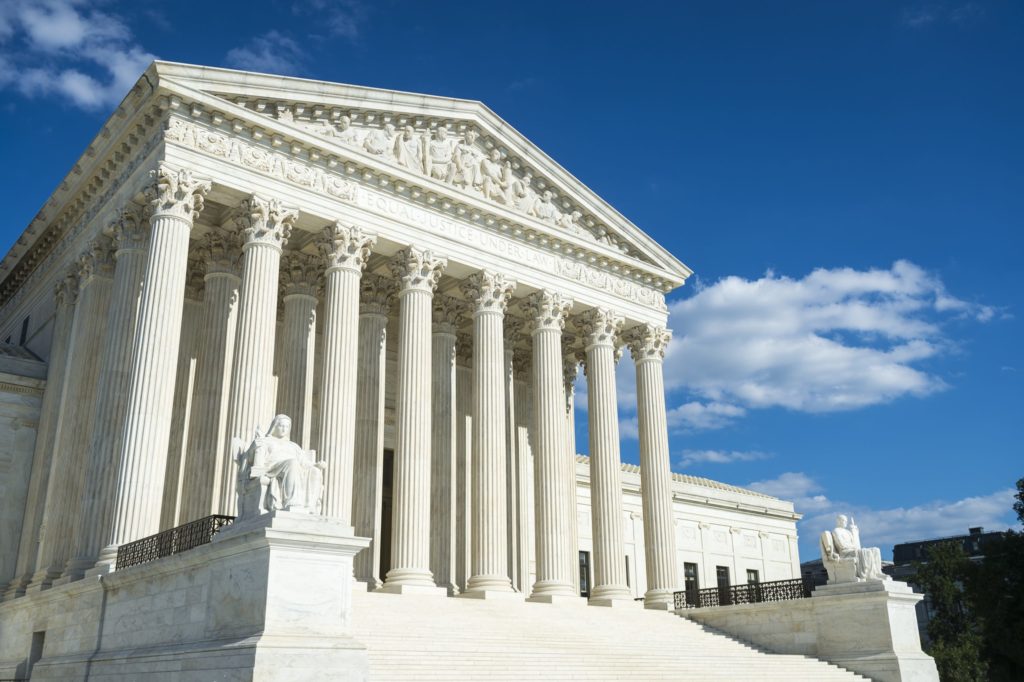California’s largest utility just declared bankruptcy. Hello, climate change.
“If you asked a few years ago, I think people would have said it’s a good investment,” said Travis Kavulla, the former president of the National Association of Regulatory Utility Commissioners and now the director of energy policy at the R Street Institute.
However, California is one of only a handful of states that hold utilities responsible for damage stemming from their equipment even in the course of normal operations. This wasn’t too much of an issue until multiple large fires started being traced back to PG&E hardware. This startled investors, who began pressuring lawmakers.
The California state legislature passed a law last year, Senate Bill 901, that allowed PG&E to pass the costs of its liability for the 2017 fires to its customers. PG&E estimated that it would cost an average customer an additional $5 per year for every $1 billion issued in bonds.
However, the law doesn’t cover the fires in 2018, and it’s unclear if state lawmakers want to rescue the utility again. If the company can’t pass the costs to its customers, then it’s PG&E investors who have to pay.
And this reckoning isn’t exclusive to California. Across the United States, the power sector is vulnerable to climate change. Prolonged droughts have threatened the supply of cooling water for power plants. Extreme weather events have wiped out infrastructure, as we saw when Hurricane Maria shrouded Puerto Rico in the largest blackout in US history. Rising temperatures are fueling surging peak electricity demand in places like Texas, pushing power generation capacity to the limit as reserve margins get thinner.
“By far the most important environmental factor affecting [electricity transmission, storage, and distribution] infrastructure needs now and going forward is global climate change,” the US Department of Energy noted in its 2015 Quadrennial Energy Review.
The question now: How does a utility price in the risks of rising temperatures and stay in business? When a utility like PG&E has to bear the costs of record-breaking wildfires, it effectively has to become an insurance company in addition to being a utility since it has to manage and distribute risks of uncommon but devastating events.
“The answer, unfortunately, is that everyone has been caught so flat-footed by this episode that no one has thought seriously about that,” Kavulla said. “Do you socialize the risk, or do you expect private capital to bear it?”







